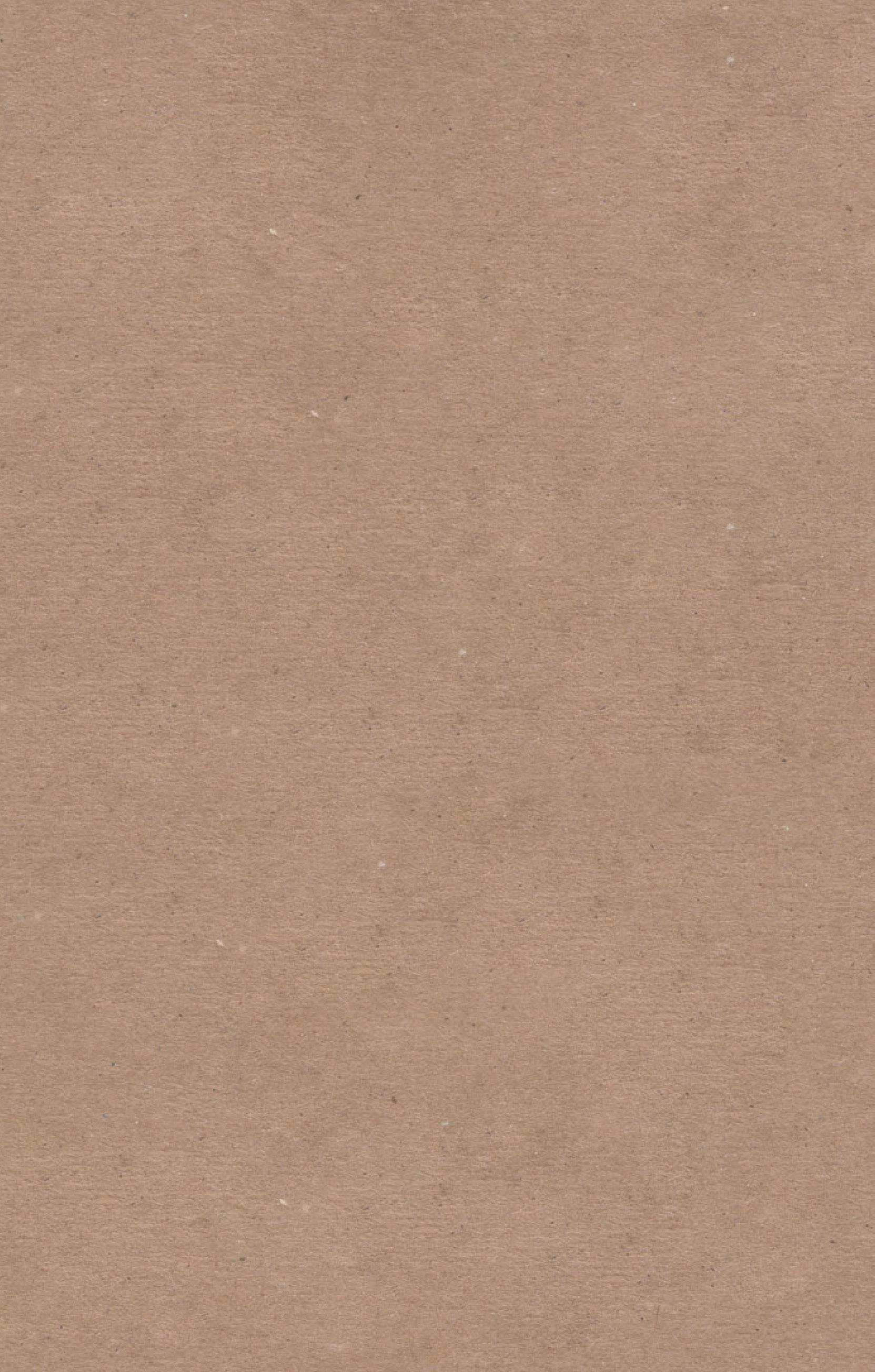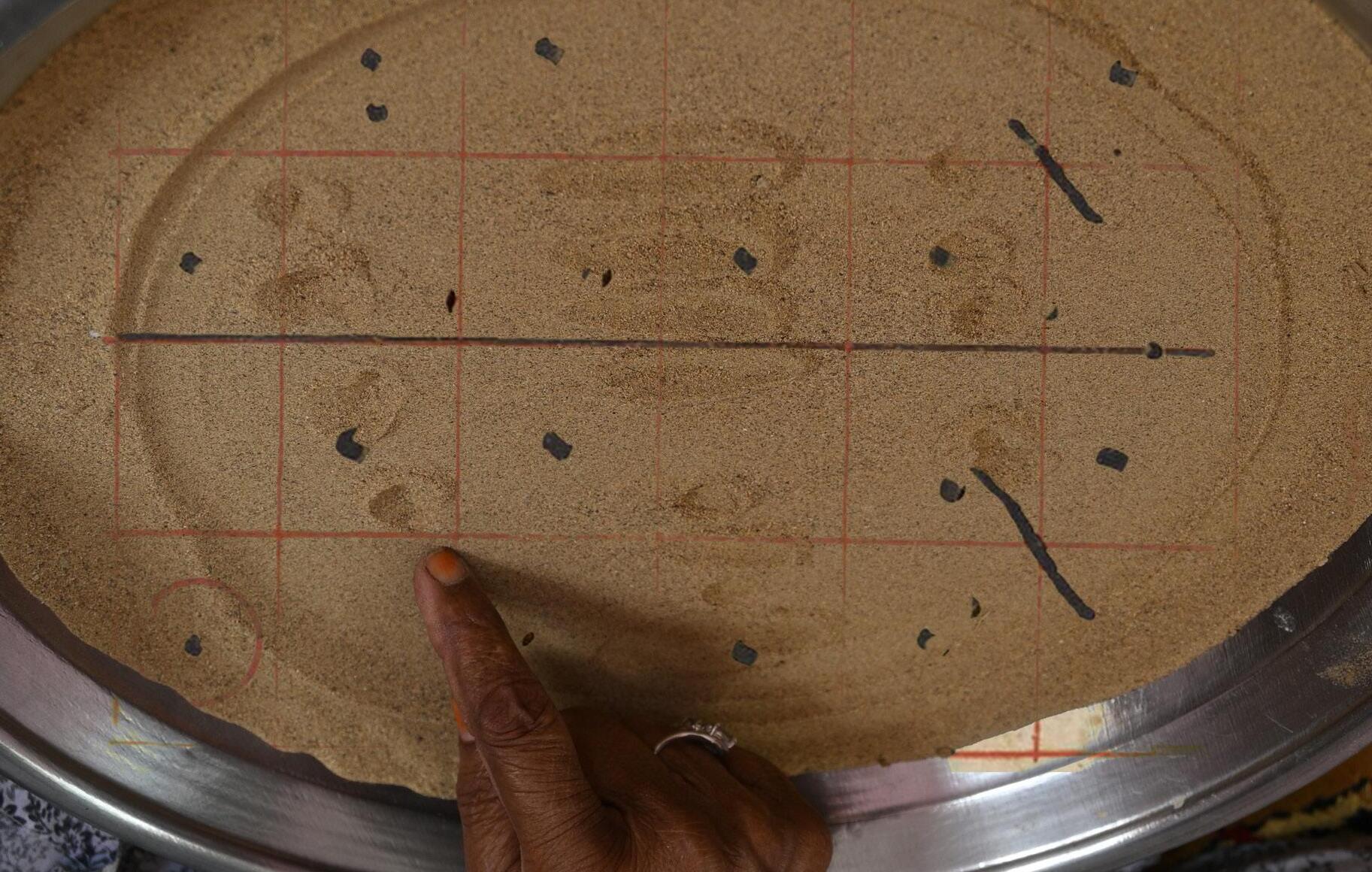










Every drawing of the river is an offering, a prayer, a pathway, a return. A pedagogy of remembering. A promise. Against disappearance. A faith, that even when snatched from the eye, The river is alive and flowing. Proliferating, shapeshifting.
































Four Acts of Recovery 《復原的四步》
2025
Single-channel video 單頻錄像 17′ 36″
Courtesy of the artist 由藝術家提供
Commissioned by the Han Nefkens Foundation – South Asian Video Art Production Grant 2023, in collaboration with Para Site, Hong Kong; Prameya Art Foundation, Delhi, India; Nottingham Contemporary, UK; Ishara Art Foundation, Dubai, UAE; and Museum of Contemporary Art Antwerp, Belgium Han Nefkens 基金會 2023 年南亞流動影像藝術製作獎助金委約作品,並獲香港 Para Site 藝術空間、新德里 Prameya 藝術基金會、諾定咸 當代藝術中心、杜拜 Ishara 藝術基金會、以及安特衛普當代藝術博物館支持
Collaboration 合作 Abdul Aziz, Abida Dablo, Fatima Bibi, Gulbano Dablo, Nawaz Dablo, Fatima Majeed Cinematography 攝影 Saad Bhatti
Line production 監製 Mohammed Ali Hakeem Sound design 聲音設計 Mudassir Sheikh Translation 翻譯 Asadullah Alvi, Para Site
Graphic design & animation
Aziza Ahmad 12

Four Acts of Recovery (2025) is a meditative documentary that follows a fisher family displaced from the Indus Delta, one family in a community of more than a million people affected by similar upheavals. For over a century, dams and barrages have diverted water from the upstream reach, leaving the river unable to reach the delta. As the delta is gradually swallowed by the sea, elders say the sea is moving forward in search of its beloved river.
Captured in calm and static frames, the family—much like the wider delta community—conjures their lost homeland through four drawing practices serving as renewed acts of Islamic devotion. A painter is commissioned to trace the outline of their former home. In their relocated neighbourhood they contemplate a large mural of the village’s lost landscape. They also craft Islamic talismans with dots and lines, sometimes reminiscent of waves, as remembrance, invocation and protection. Scattered throughout the neighbourhood walls are chalk sketches of boats and marine life, collectively recreating the rhythms of their former lives. Together, these intertwined visual expressions return the river to the sea, land to water, and re-anchor the families to their ancestral homeland.

2025 年)是一部靜謐的紀錄片,追隨一個被迫遷離印度河三角洲的漁民 家庭―在當地,像他們一樣流離失所的人超過百萬。這一個多世紀以來,上游的堤壩 持續攔截着河水,令其未能抵達三角洲。三角洲因此逐漸被大海淹沒―老一輩的人 說,是大海在前往尋找其心愛的河流。
在靜態鏡頭的捕捉下,這家人以四種繪畫實踐呼召其失落的家園―對於三角洲的伊 斯蘭社群而言,繪畫既是虔敬的行為,亦是復原的途徑。他們聘請畫師描繪舊居的輪 廓。在重置的社區,他們透過大型壁畫懷緬已消逝的村落景觀。他們同時以點與線 繪製護身符,間或呈現水波的圖案,以此作紀念、祈禱與守護。在社區的牆上,船隻 以及水生生物的粉筆素描共同再現出往昔的生活節奏。這些視覺形態相互交織,一 起將河流回歸大海,將土地回歸水源,並讓家庭重新扣連其鄉土。






Lines That World a River
2025
Single-channel video 單頻錄像 19 ′ 29 ″
World premiere 首度展出
Courtesy of the artist 由藝術家提供
Supported by the Canada Council for the Arts
Research collaboration 研究合作 Akhtar Rasool, Hafeez Baloch, Khudadino Shah, Zahra Malkani, Fatima Bibi
Translation 翻譯 Sadia Khatri, Para Site Creative producer 創意監製 Sharlene Bamboat Sound design 聲音設計 Cecilio Escobar Graphic design 平面設計 Aziza Ahmad 23
Lines That World a River (2025) is a video essay that engages a group of local activists and community elders to critique the construction of the Malir Expressway in Karachi. Built along the Malir River for logistics and real-estate development, the expressway is regarded as threatening ecology and settlements in the city.
The work weaves together footage filmed by Rajani as well as local residents, tracing the river across seasons and across points of extraction. Audiences are guided step by step through the collaborative sights and voices to uncover layers of infrastructural violence. As the activists’ freehand mapping challenges official cartography, the artist links this practice to a mystical Islamic tradition of turning to drawing in moments of loss and crisis. Here, both serve as gestures of navigation and world-making, where what has vanished is summoned anew, reborn in line and light.

《線條流淌,化為河流》(2025 年)以一篇視覺散文的形式與卡拉奇的行動者和長老展開 交流,從而批判當地的馬里爾高速公路工程。該高速公路沿馬里爾河畔興建,為物流與 地產發展項目,被人批評對當地生態環境和民居構成威脅。
作品交疊藝術家與當地民眾拍攝的片段,在不同季節與開發地點追溯河水的流域。在 多重視角與敘述的引導下,觀眾得以從多個層面見證基礎建設的暴力。行動者徒手繪 畫地圖以反駁官方劃地,而藝術家則將此連繫至伊斯蘭神秘主義中以圖像解厄的傳統。
在喪失與危難之際,繪畫成為導航與創建世界的工具。它能喚醒消逝的事物,讓其在 線條與光明之中重生。























Drawing is an ancient and embodied practice.
繪畫是一種古老而具體的實踐。




Mark-making connects the visible and invisible worlds, the zahir and batin. It is a divine pedagogy for navigating loss and separation.
標記連結了可見與不可見的世界, zahir 與 batin。
它是指引人們面對失落與分離的神聖訓育。





Each line is an invitation to love, to know, to remember.
每道線條都是一個邀請, 去愛、去認識、去記住。













